10 Facts You Didn’t Know About Anthony van Dyck
Anthony van Dyck, a Flemish Baroque painter of remarkable skill, left an indelible mark on art history. His signature style of refined portraits and...
Jimena Aullet 24 October 2024
Chinese culture has always been an object of European fascination – in art history, we see it in paintings, ornaments, architecture, fashion, and porcelain. Ever heard of Dutch Delftware? That’s right, these peculiar blue and white tiles and vases were originally inspired by Chinese porcelain. It was widely introduced in the 17th century to the Dutch collectors and made frequent appearances on Dutch still lifes of that period.
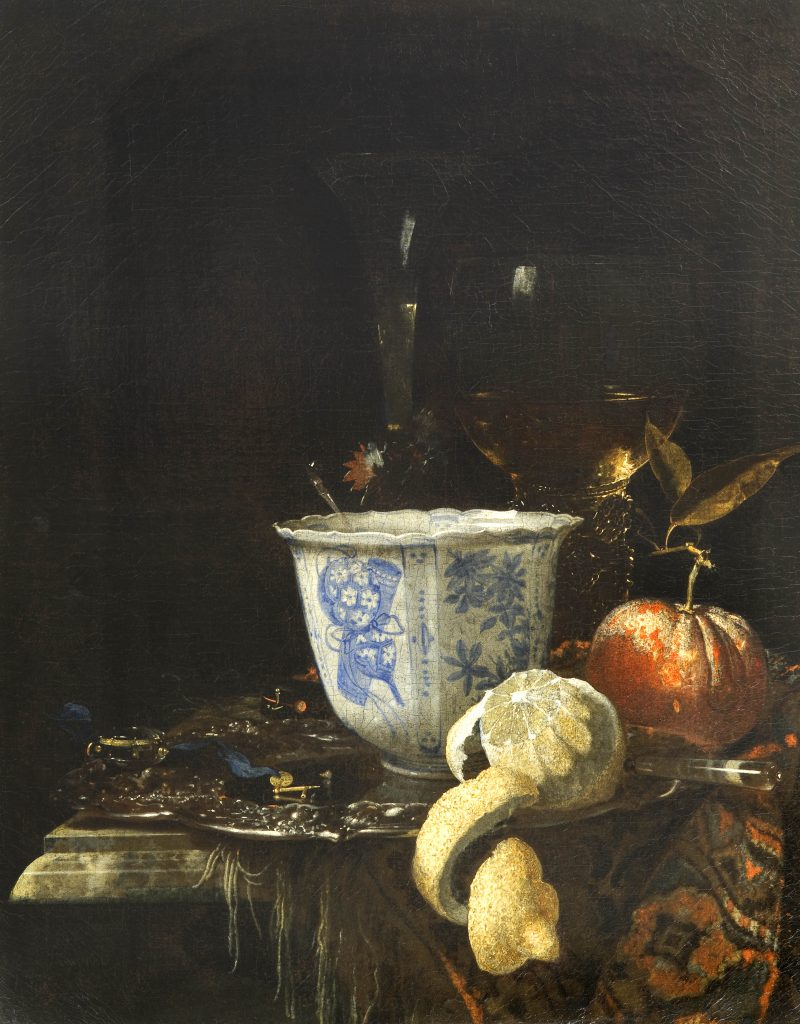
Do you see any resemblance?
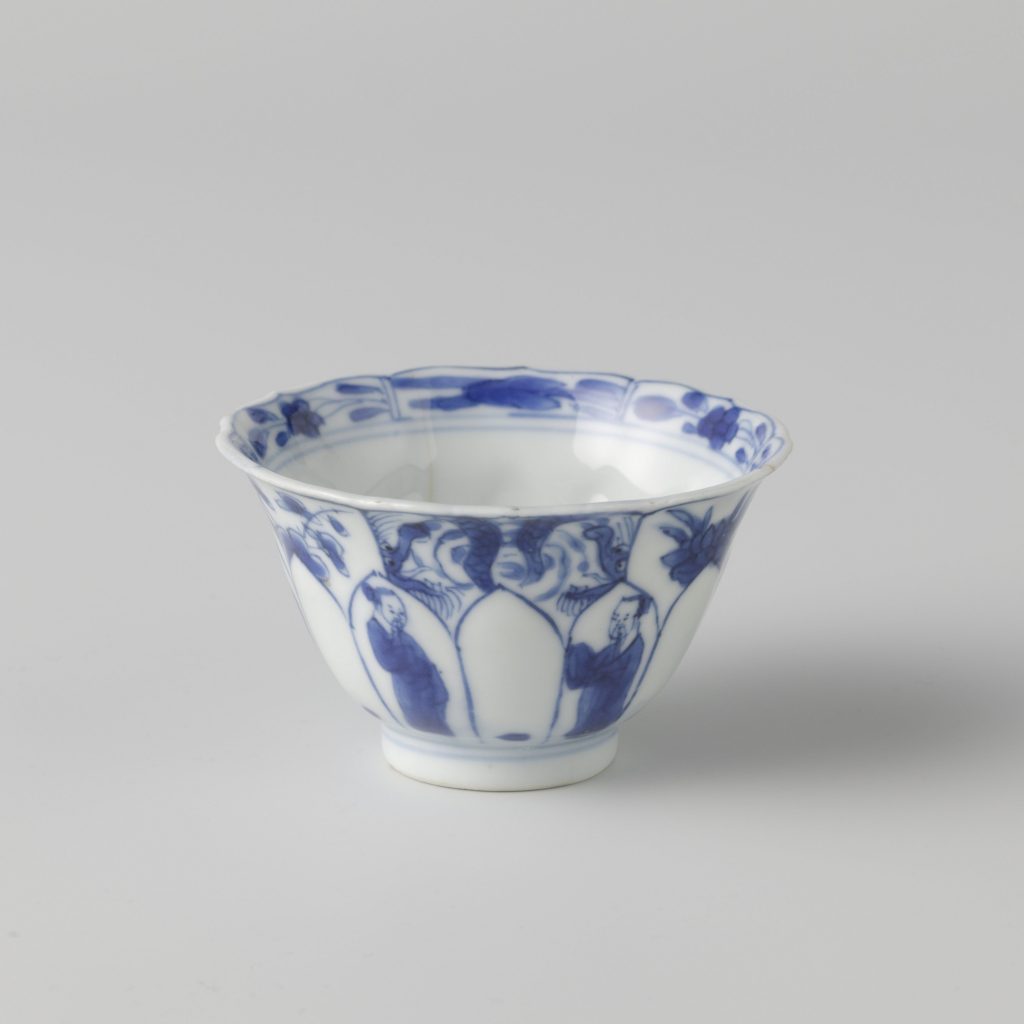
Chinese porcelain was introduced to the European market in the 14th century by Spanish and Portuguese merchants. At that time, it was a rare and luxurious object collected by European royalty, such as King Philip II of Spain, Duke Albrecht of Bavaria, Emperor Rudolf II of Prague, or Queen Elizabeth I of England. In the 16th century, when the Portuguese established trade routes to East Asia, Chinese porcelain was being transported in larger quantities to the west. As the demand in Europe grew, Chinese potters began to produce special porcelain ware destined for the Western market, such as this 16th-century jug decorated with Portuguese royal arms (upside down, as Chinese potters were unfamiliar with Western iconography).

Also, European ceramic forms such as mugs or candlesticks, unknown in China, were brought to the Chinese potters and copied in a traditional fashion for Europeans.
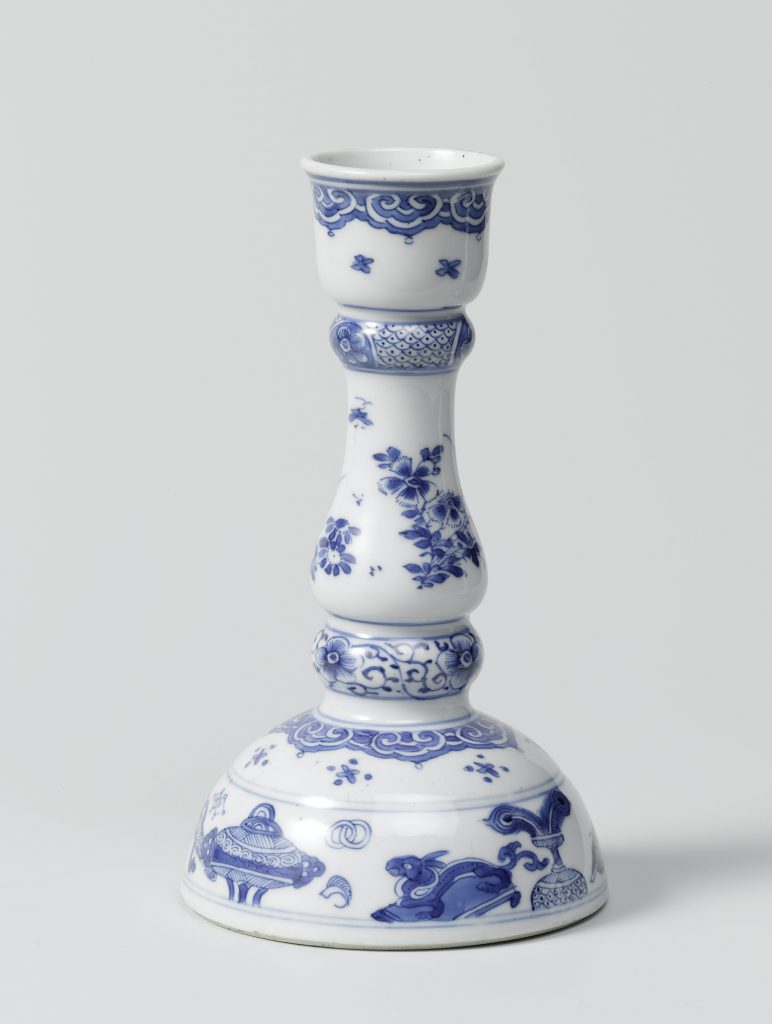
Chinese porcelains arrived in the Netherlands in larger quantities during the early 17th century. Large cargoes of this commodity were captured by the Dutch as war booty from the Portuguese vessels, known as carrack, hence the Dutch name kraak or kraakporselein for the Chinese imports. When the Dutch East India Company (VOC) finally established their own trade routes and connections with the Chinese market, they quickly became the major suppliers of white and blue porcelain to all of Europe. As a result, Chinese porcelains came to the Netherlands in much larger quantities than before and, therefore, were more easily accessible for the middle-class burgers in their efforts to emulate the royal lifestyle.

Kraakporselein quickly replaced the native earthenware used in the Netherlands prior to the 17th century, due to its unique qualities – it was much thinner and harder than clay. Also, what was especially appealing to the Dutch buyers was their “exotic” appearance – it was shinier than maiolica and generally more attractive with its original deep blue decorations on an elegant white surface.
It is not a coincidence that the emergence of still lifes as a separate genre coincided with the time of development of the first capitalist society. The Dutch East India Company (and later, Dutch West India Company) provided a massive influx of wealth to the Republic which facilitated a powerful middle class. But this growing prosperity at home also had a darker side; it was propelled by ruthless colonial expansion in the East and the West.
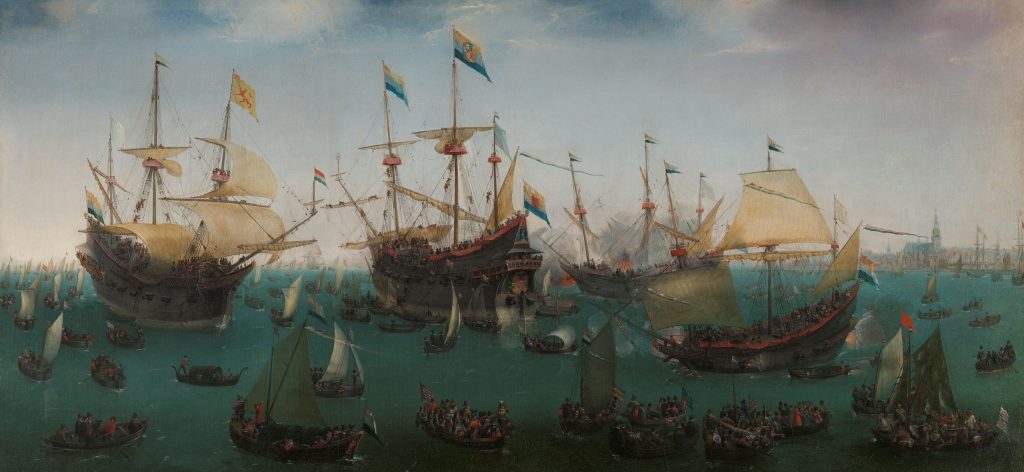
In 17th-century Amsterdam, one could buy wonders from the entire globe: spices from Indonesia, tobacco from Venezuela, carpets from Persia, sugar from Brazil, and tea, silks, and porcelain from China. These valuables were documented not only in the commercial registers but also in art.

The ornate Dutch still lifes depicting luxurious foreign goods were called pronkstilleven. They originated first in the Southern Netherlands whence it spread fast to the Dutch Republic. Pronkstilleven can be read both as a form of a sophisticated moral lesson (vanitas) or as an element of an imperial discourse in the 17th century, demonstrating the overabundance of goods and the dominion of the Republic over worldwide trade.

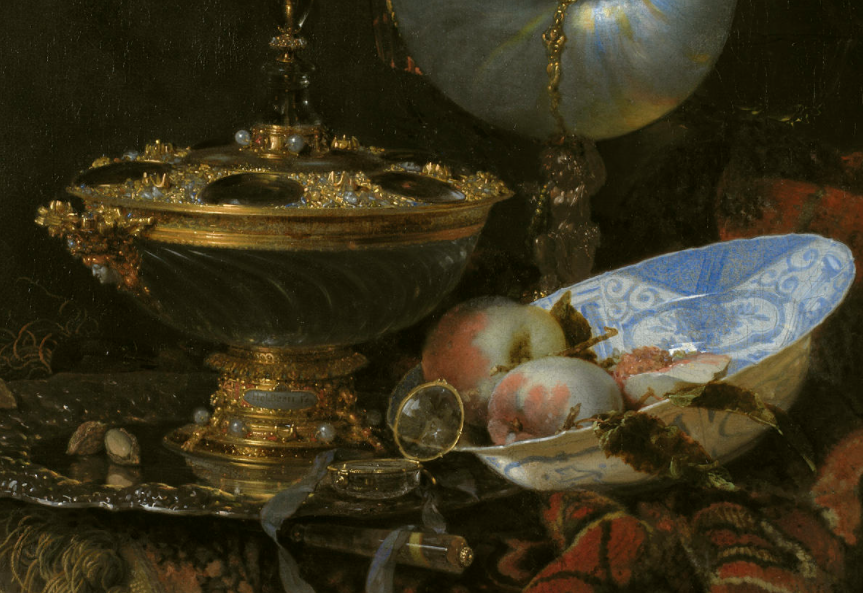
Sometimes, Chinese porcelain was juxtaposed with domestic goods, such as cheese, beer, bread, or butter:

The fetishization of exotica in Dutch still lifes tells us a lot about the colonial mindset that many Europeans shared in the 17th century. As we see in the painting by Juriaen van Streek, he displayed various commodities from afar in one composition: seafood, citruses, carpet, wine, porcelains, and… a slave. It is striking that the painter perceived the turbaned African youth in the same way as Chinese porcelain – as a colonial trophy.

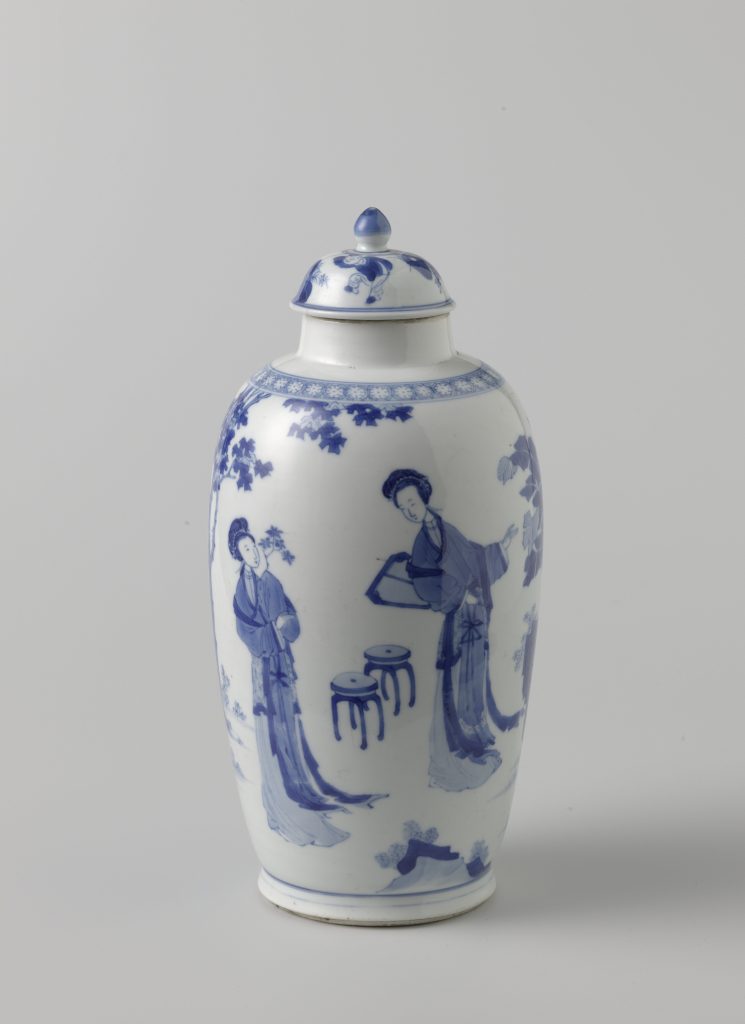
The presence of kraakporselein in wealthy Dutch households was registered in several genre paintings and family portraits. In Interior with a Dordrecht Family by Nicolaes Maes, we can observe that precious porcelains were elaborately displayed on shelves or above fireplaces. By the end of the 17th century, a special china cabinet was developed, dedicated to displaying the porcelains.

A Chinese porcelain plate even made its way into a quiet and intimate interior by Johannes Vermeer in which we can see only a glimpse of a shining white and blue surface.

The Western craze for Chinese porcelain diminished in the early 18th century when Europeans began to produce their own porcelain ware. Even the Dutch imitations of kraakporselein, called the Delftware or Delft blue, came to be known as a typical element of Dutch culture. By the 19th century, Chinese exports were so scarce that they were regarded as antiquarian specimens for connoisseurs. Nowadays, we look at the characteristic blue and white porcelain with a nostalgic feeling, sometimes even mistaking it for Dutch Delftware.
DailyArt Magazine needs your support. Every contribution, however big or small, is very valuable for our future. Thanks to it, we will be able to sustain and grow the Magazine. Thank you for your help!